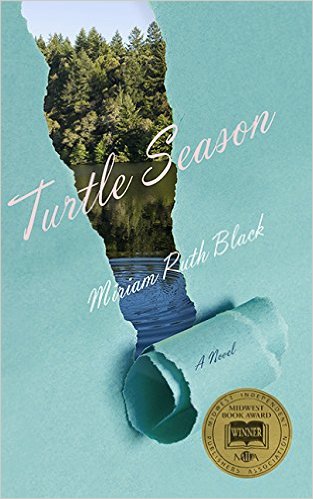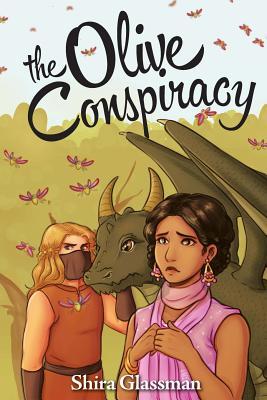I’ve got to say, with a title like “The Cybernetic Tea Shop,” I expected this to be a fun, silly, quick read. Instead, it was thoughtful and quiet, seeming to take up more space than the pages it occupied. This is set in a world where sentient, sapient robots were once mass-produced, but given the ethical problems they raised, they’re now illegal to make. Hundreds of years later, some of those original robots are still around, with questionable legal personhood and a lot of animosity aimed at them by a public who wants to forget the whole thing ever happened.
But it’s not about the sci fi world, really. That’s just backstory for Sal, who has been running a tea shop for more than 200 years, continuing after her old “master”/partner died, while facing constant harassment and even violence. She meets tech Clara when she visits the shop, and despite Clara’s wanderlust and Sal’s complicated situation, they hit it off.
Although the word isn’t used, both Sal and Clara are asexual. Clara explains that she doesn’t have sexual attraction to people, even when she has a romantic relationship with them (and Sal isn’t programmed for that):
[Sal:] “I mean, I’m not designed to be sexual. That’s to say, I can act on others, but I don’t want—”
“That’s okay. Me neither.”
“Oh, but—”
“It’s not something I need from someone else,” Clara said firmly, willing Sal to understand. It wasn’t something that needed explanation, but something that too many people had wanted one for. Love, romance; those were things she’d felt before, even if she wasn’t often inclined toward them. But she didn’t need anything from or with that person, never felt attracted to them even with the addition of love. If her body wanted something, she could spend five minutes with her hand. Another person never needed to factor into that for her.
(I include that quotation because before reading this, I saw that people referred to it as having asexual representation, but that it didn’t use the word “asexual.” I wasn’t sure whether there was just no sex on the page, or whether there was more textual rep, so I wanted to put the paragraph out there for anyone else wondering.)
I really appreciated how character-based this is. In a small amount of time, I felt like I really got to know both the character and how they complemented each other. I’m interested to read more by this author! (Especially when I found out after reading this that we live in the same small city! What a fun coincidence!)


